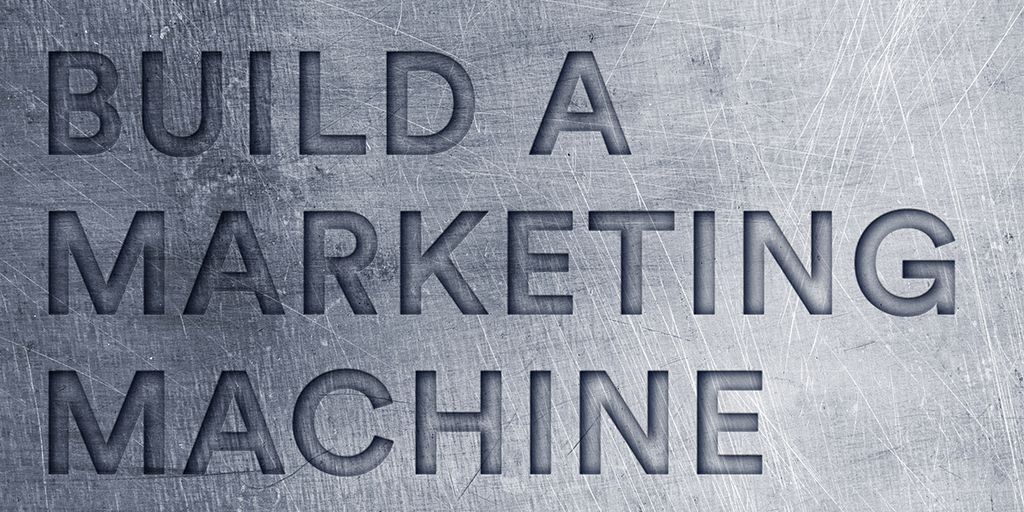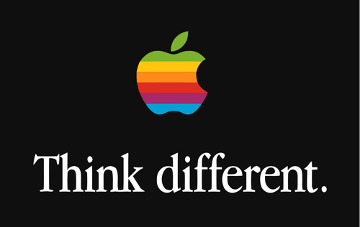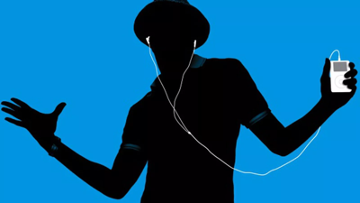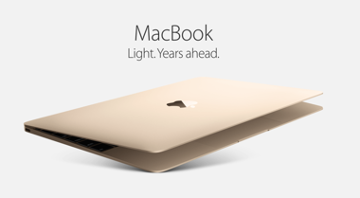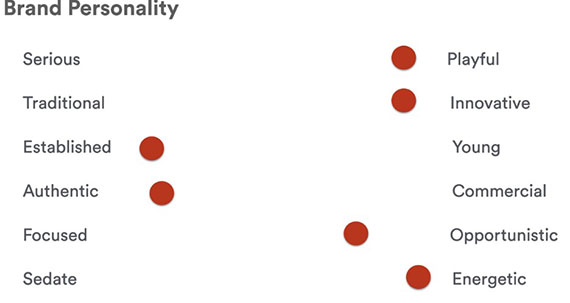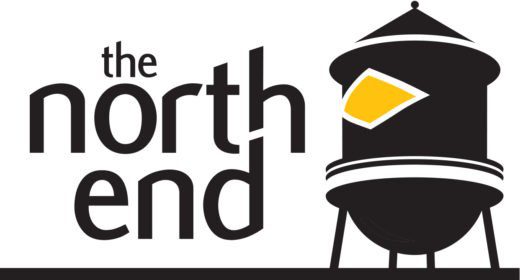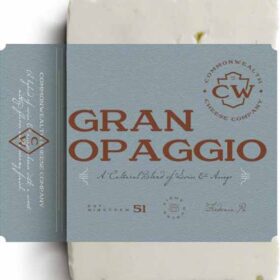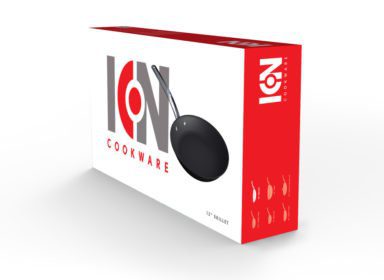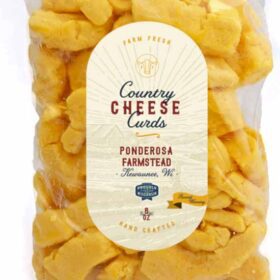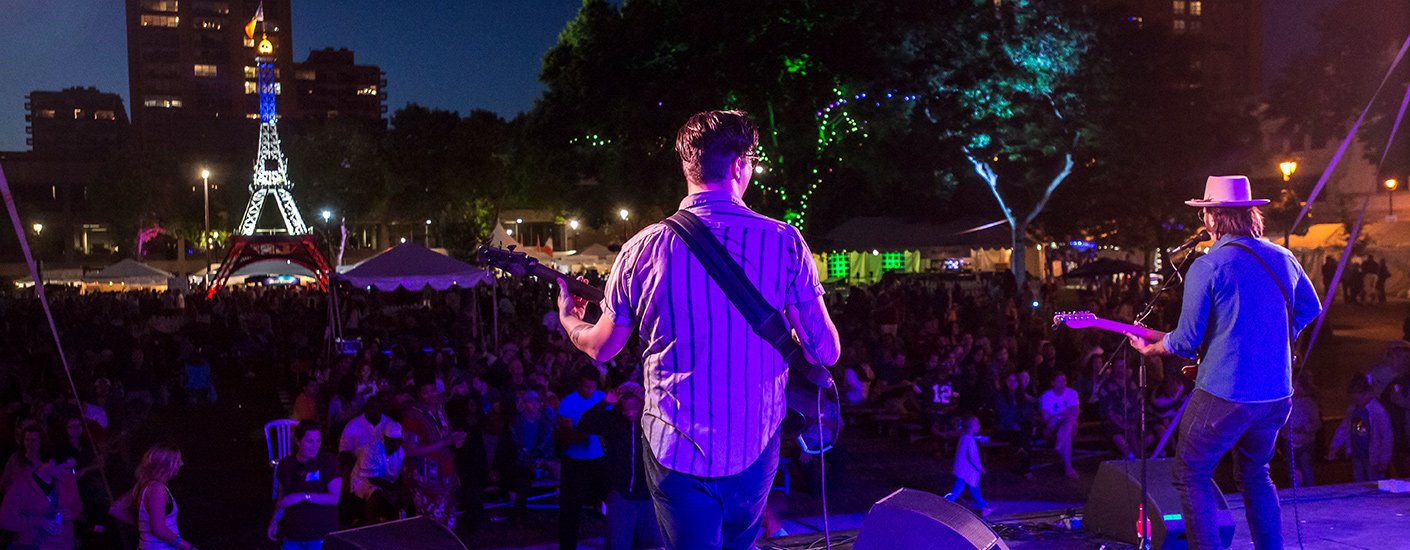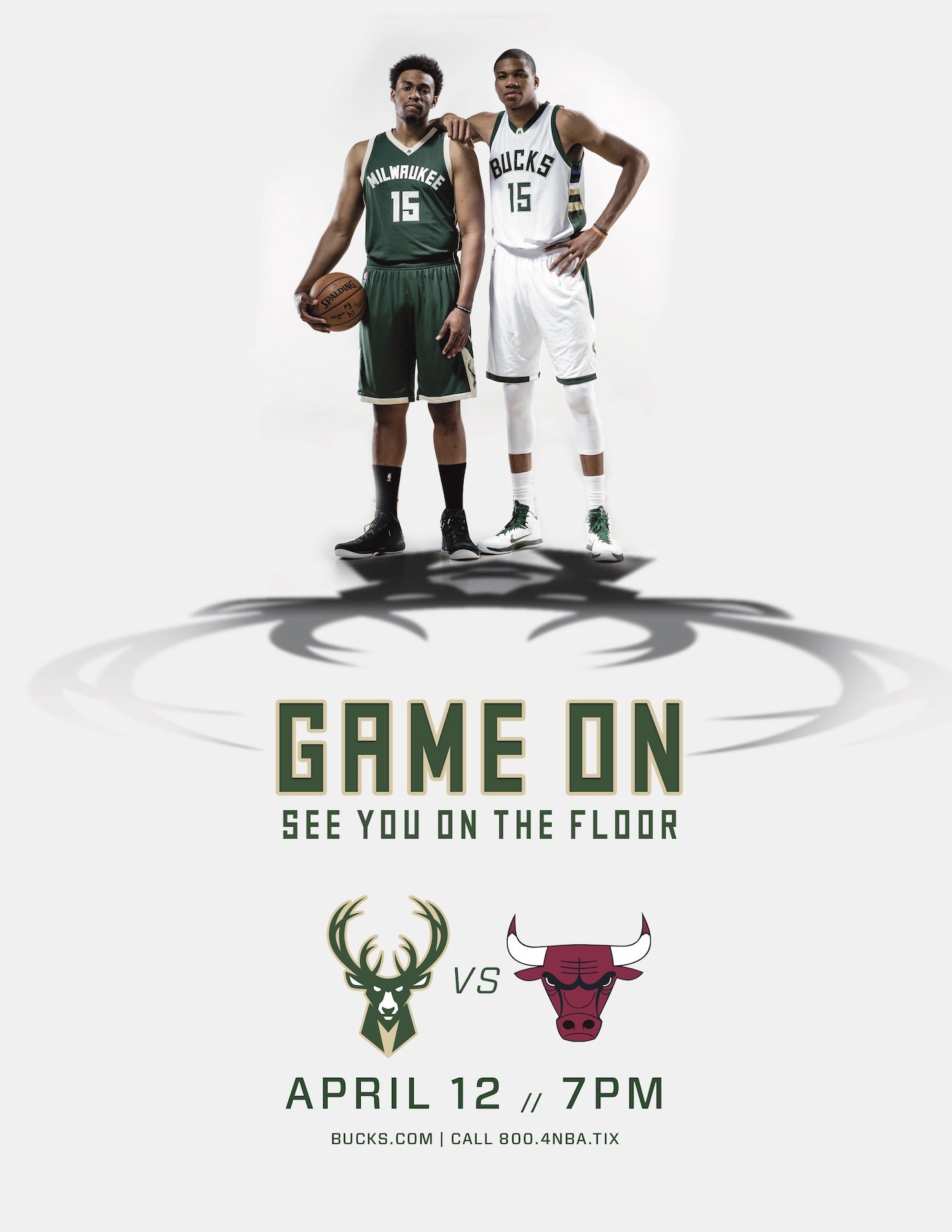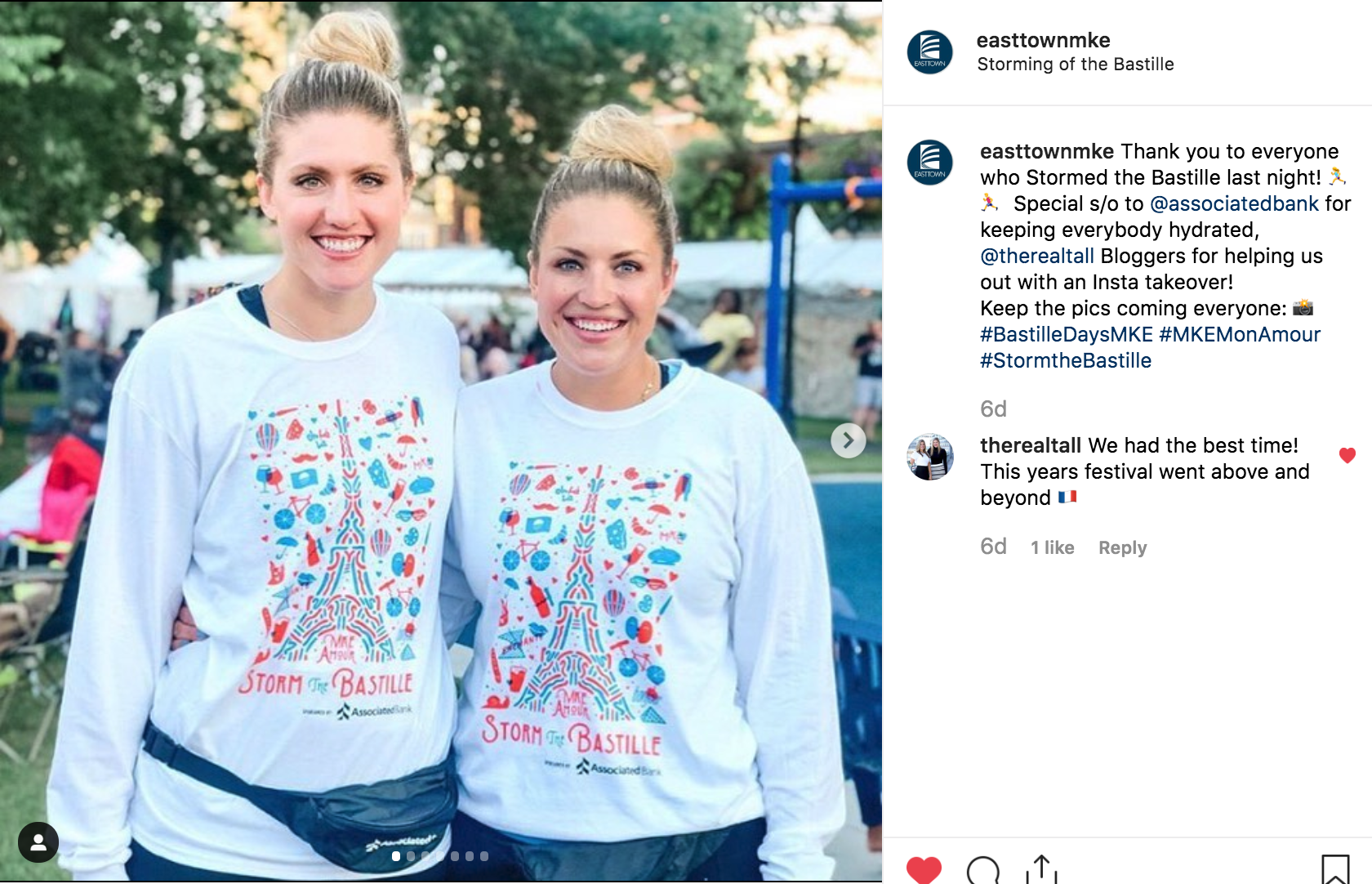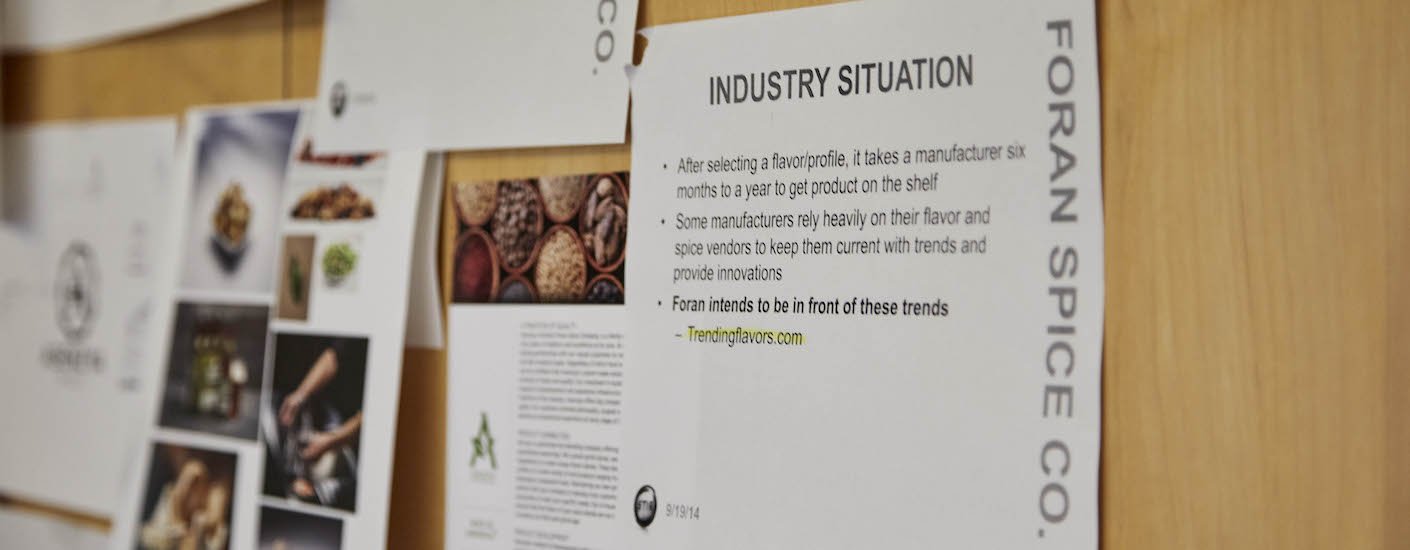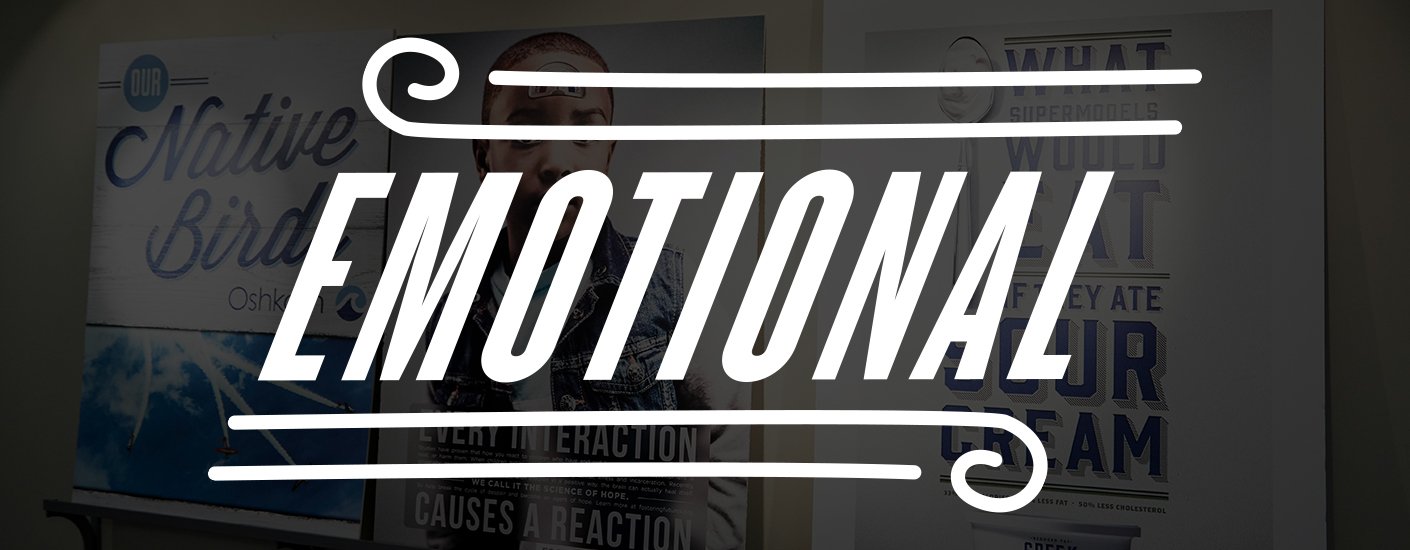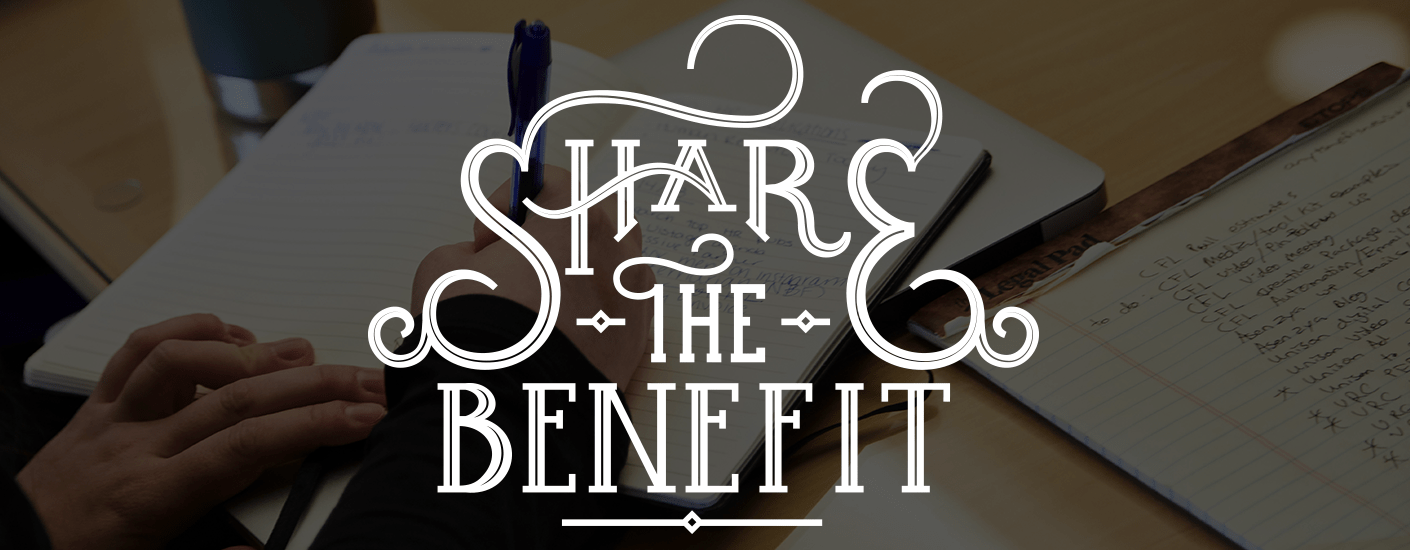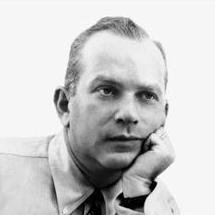Turn Your Brand Around – With A Finely-Tuned Marketing Machine
If your brand’s performance is less than stellar, you need to consider whether the impediment to success is your online presence, e-commerce and automated marketing communications. Unless you’ve been making regular updates and investments to your website, database and integrated email and digital marketing platforms – this is a likely source of your troubles. Signs of this will be reduced website traffic, lower engagement rates, poor conversion ratios, poor sales and reduced profit.
By now you know that the first thing a prospective customer will do is research your brand online. They prefer to shop this way, intentionally avoiding personal contact at retail or phone interaction. In this way, business has forever changed. If you’ve taken too long to adapt the way your brand is marketed digitally, it could be fatal to your brand. STIR has solved this problem many times and we have a process that will take you from the back of the pack to the front in as little as 180 days.
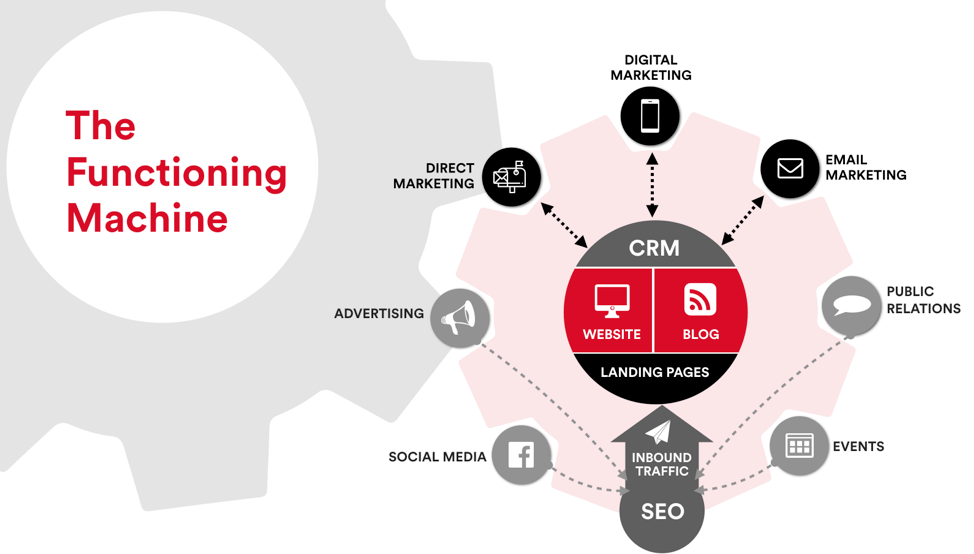
You can design and build a marketing machine that produces traffic, leads, conversions, sales… profit.
Your brand’s digital presence operates like a machine
A machine increases power and efficiency. It’s a tool designed to perform a job. When oriented toward profitability, it is easily justified and financed. A finely tuned marketing plan is no longer “subjective” but objectively metrics-based, and can be viewed and operated much like a Marketing Machine. Designed for a purpose, built to scale, programmed for performance, measured and monitored. It produces a certain and predictable profit.
A Marketing Machine will elevate the customization and responsiveness of your sales and brand marketing in a way that only digital marketing provides. This machine, like all others, requires the functioning components, a plan for its utilization, trained operators and the raw materials and consumables required to produce its products.
The magic of the machine
You can grow your company by building a marketing machine that produces traffic, leads, conversions, sales… profit. The terrific news is that the technology and expertise required for success are affordable. It only requires some vision and a commitment to move forward. To build a marketing machine, as with any other technical pursuit, you will need expert guidance on the specification and operation of the machine. To that end, we’ve developed a 10-step process and a guide that you can use to take this project on yourself
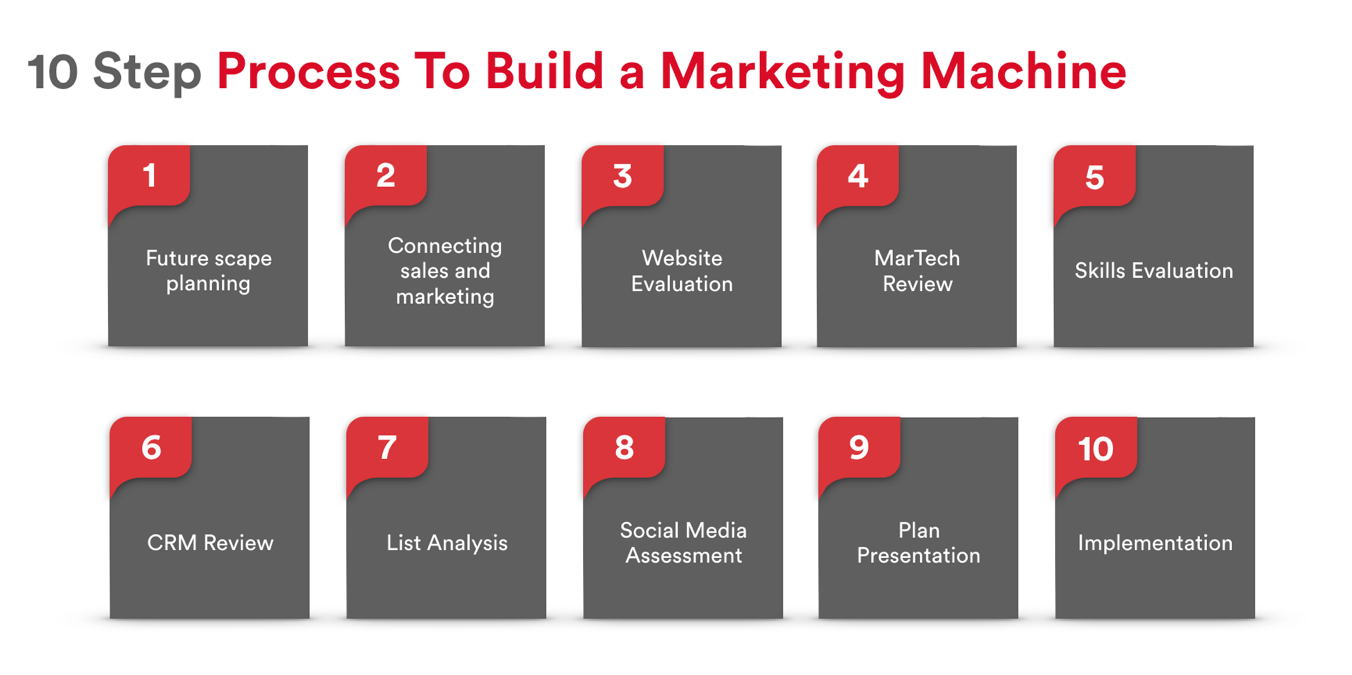
Download the Guide
We think this guide will help you tremendously in envisioning the task ahead. Beyond that, It may be advisable that you tap into experts for ongoing support and maintenance from a team that can train your staff, while orienting the machine toward profit.

